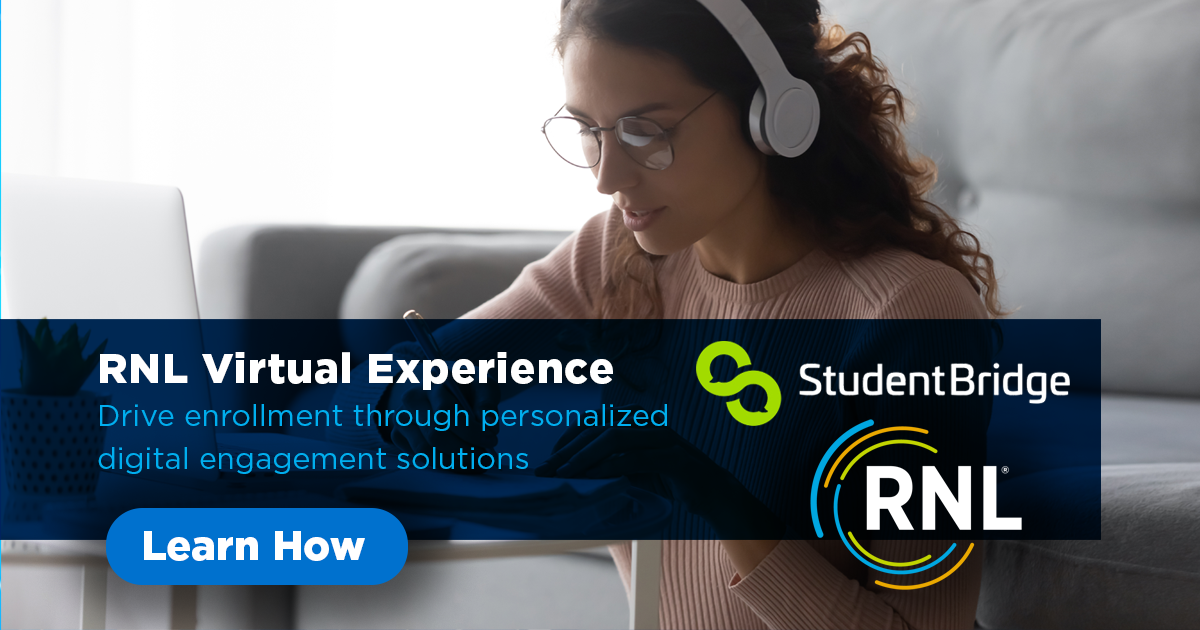
Immersive Learning: Virtual Student Experiences
The educational landscape is undergoing a transformative shift with the advent of virtual student experiences. These immersive learning opportunities leverage technology to create dynamic, engaging, and interactive educational environments that transcend traditional boundaries.
Breaking Down Classroom Walls with Virtual Learning Environments
Virtual student experiences break down the physical constraints of traditional classrooms, providing learners with opportunities to explore subjects in immersive digital environments. Whether it’s a historical simulation, a scientific experiment, or a virtual field trip, students can step beyond the confines of textbooks to engage with their studies in a more vivid and experiential manner.
Interactive Simulations for Hands-On Learning
One of the hallmarks of virtual student experiences is the integration of interactive simulations. These simulations allow students to engage in hands-on learning activities, from conducting virtual science experiments to navigating historical events. The tactile nature of these experiences enhances understanding and retention, making complex concepts more accessible.
Virtual Laboratories: Bridging Gaps in STEM Education
In the realm of STEM education, virtual laboratories play a crucial role in bridging gaps and providing access to practical learning experiences. Students can explore scientific concepts, conduct experiments, and analyze results—all within the virtual realm. This not only enhances their understanding of STEM subjects but also fosters a passion for inquiry-based learning.
Global Connectivity through Virtual Collaboration
Virtual student experiences facilitate global connectivity by enabling collaboration among students from different corners of the world. Whether through virtual classrooms, collaborative projects, or international discussions, students can interact with diverse perspectives, fostering cultural awareness and preparing them for a globally connected future.
Cultivating Critical Thinking in Virtual Environments
Immersive learning encourages critical thinking skills as students navigate and solve problems within virtual scenarios. The interactive nature of these experiences prompts students to analyze information, make decisions, and understand the consequences of their choices. This cultivation of critical thinking is essential for preparing students to thrive in the complexities of the modern world.
Augmented Reality (AR) Enhancements for Real-World Integration
Virtual student experiences often incorporate Augmented Reality (AR) to enhance real-world integration. AR overlays digital information onto the physical environment, creating an interactive overlay of educational content. From anatomy lessons to architectural explorations, AR enriches the learning experience by connecting virtual knowledge to the tangible world.
Adaptive Learning Paths for Individualized Progress
Immersive virtual experiences often come with adaptive learning paths, tailoring educational content to individual student progress. These paths analyze student performance and adjust the difficulty and content accordingly. This personalized approach ensures that each student receives targeted support and challenges based on their unique learning journey.
The Role of Virtual Reality (VR) in Immersive Education
Virtual Reality (VR) is a game-changer in immersive education, offering students a fully immersive, 360-degree experience. Whether exploring historical landmarks, diving into the depths of the ocean, or conducting virtual surgeries, VR transports students to places and scenarios that were once only imaginable. This first-hand experiential learning is unparalleled in its impact.
Ensuring Accessibility and Inclusivity in Virtual Learning
Virtual student experiences strive to ensure accessibility and inclusivity. These technologies are designed to accommodate diverse learning needs, including those with disabilities. By providing alternative ways to interact with content and adapting to individual preferences, virtual learning experiences break down barriers, making education more inclusive.
Preparing Students for the Digital Future
In conclusion, virtual student experiences are not just a technological novelty; they are integral to preparing students for the digital future. By immersing learners in interactive, adaptive, and global learning environments, these experiences empower students with the skills and perspectives needed to thrive in an ever-evolving world.
Explore Virtual Student Experiences to discover the transformative potential of immersive learning and how it’s reshaping education for a new generation of learners.
